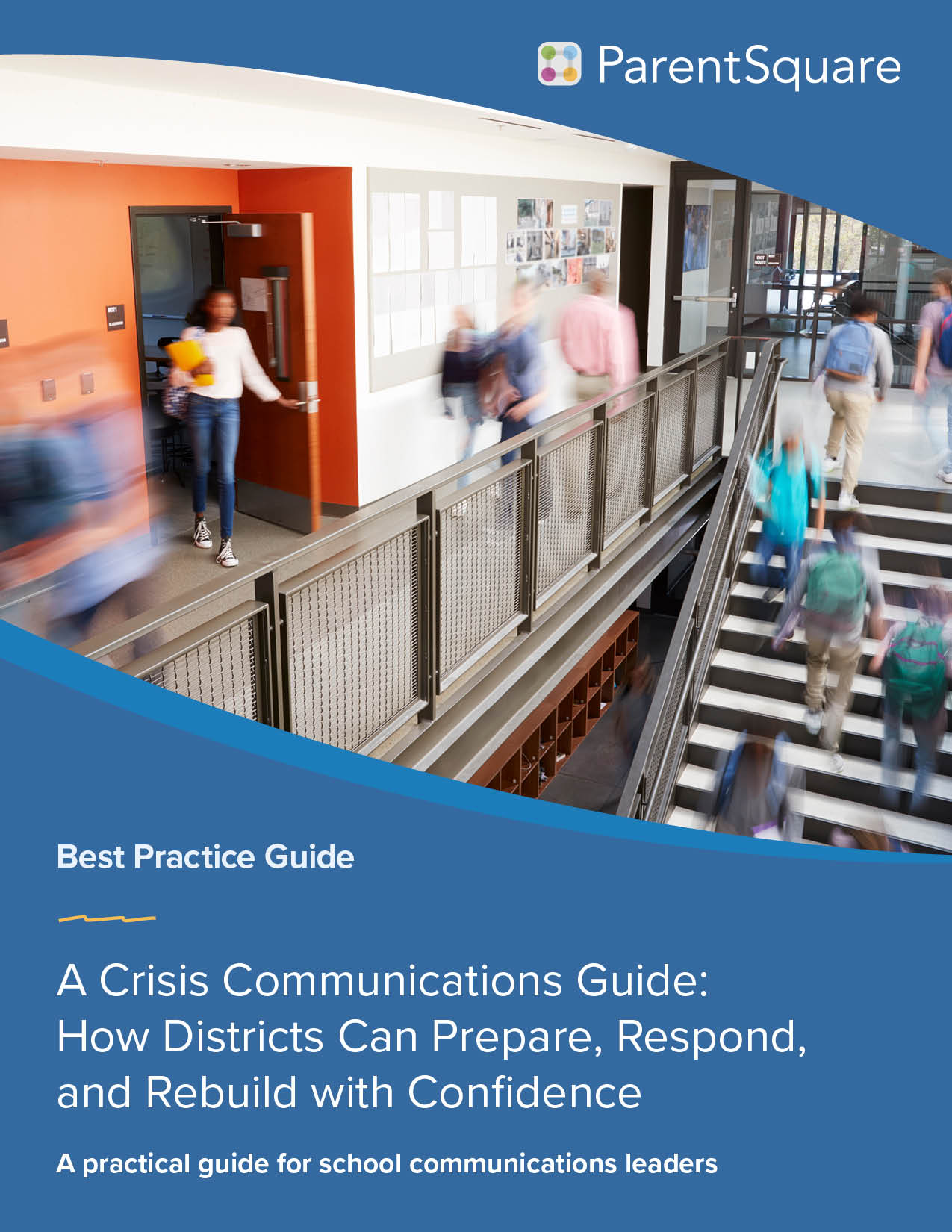
Written by Kaylin Smith
“So, how was school today?”
This routine question asked on the daily drive home or at the dinner table is almost always answered with the same simple answer… “Good.”
“What did you learn?”
The response to this one is usually equally short and unsurprising… “I dunno.”
A Catalyst for Meaningful Connection
While students’ days are jam packed with activities, learning, and socializing, parents can be completely unaware of what their students are actually learning — let alone when their student performs an act of kindness, improves in a certain subject, or experiences a positive moment. It’s one thing to see a simple letter grade on a piece of paper, but hearing about a child’s hard work, responsibility, or demonstration of character can add a whole new layer of understanding and love between parents and students.
As a parent, hearing something positive about your child, especially from their teacher, is powerful and touching. It’s an instant mood booster and helps to build a positive mindset around school.
Better Behavior in the Classroom
In fact, the significant influence of positive school-to-home communication is becoming more and more well-known within the education landscape. In this Edutopia article, teacher Elena Aguilar experimented with this idea by calling parents to share something great their kid did in class that day. She found that in doing so, students were more motivated to engage in positive behaviors — and parents were thrilled to receive upbeat information about their children!
But How on Earth Do I Find the Time?
Yet, it’s no secret that teachers have a lot on their plate. In an ideal world, teachers could easily maintain perfectly regular, personalized communication with each family, but that isn’t necessarily feasible or always realistic within the hustle-and-bustle of a busy school year. However, it’s not just a fantasy and it IS more than possible.
She found that [by sending parents positive message home], students were more motivated to engage in positive behaviors — and parents were thrilled to receive upbeat information about their children!
Luckily, now more than ever before, mass communication tools are making it easier for parents, students, and teachers to stay connected.
Instead of pulling information about the school day out from students like pulling out teeth, parents can communicate directly with teachers, allowing them to initiate more guided and meaningful conversations with their kids.
Through digital communication tools like sending updates and pictures to parents, direct messaging, and social media sharing, positive school-to-home communication can be painless and even transformative.
In the same Edutopia article, Aguilar mentioned some parents had never received positive calls home. Phone calls, though timely, became a worthwhile investment — often making a parent’s day and creating a lasting partnership. While phone calls can last minutes to hours, direct messaging is a quick and efficient alternative way to broaden your reach and share more frequently with parents.
Sending Home Positive Messages With Parentsquare
If you are a ParentSquare user, sending direct messages home to parents is easy, and is a powerful way to improve student behavior and strengthen the bond between students, teachers, and parents. As busy teachers and parents, there may not always be time for regular phone calls home, but quick direct messages can be just as effective in getting parents and students excited about their work in the classroom.
Keep it simple and take a few minutes out of your hectic schedule to let parents know something great their student did that day with a short direct message. Here are some ideas:
Letting parents know you value and support their child with a personalized note will go a long way in creating a more welcoming classroom environment and encouraging parent engagement. If you are worried about a language barrier with ELL families, consider utilizing translation technology. ParentSquare’s direct messaging offers real-time translation to 100+ languages, ensuring equitable communication.
Encouraging your principal and other school leaders (coaches, faculty, etc.) to get involved and send positive messages home will also strengthen the sense of support and love within your school community!
Whether it’s with a phone call, direct message, or face-to-face communication, keeping in contact with parents or guardians is essential to building a positive school climate for all stakeholders.

